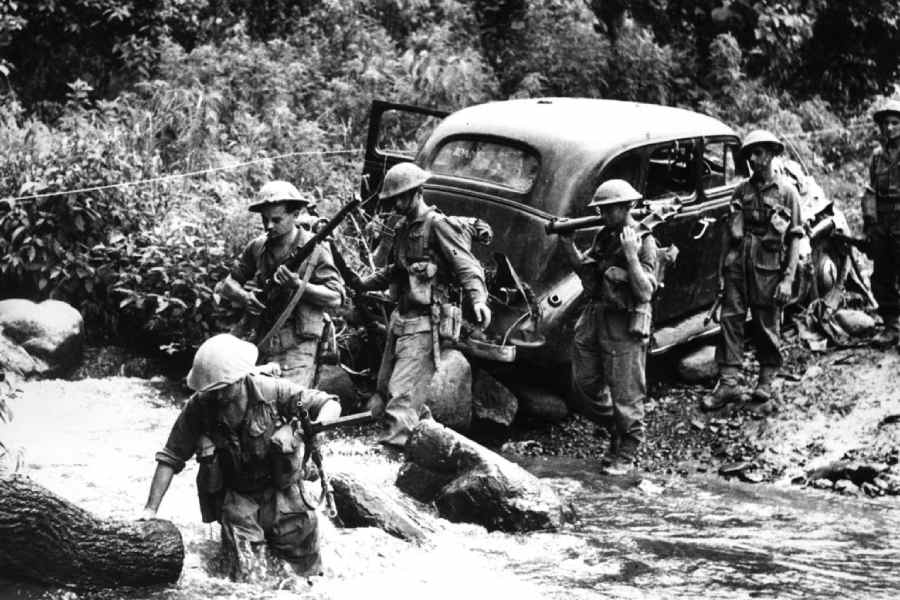HIS MAJESTY’S HEADHUNTERS: THE SIEGE OF KOHIMA THAT SHAPED WORLD HISTORY
By Mmhonlumo Kikon
Vintage, Rs 599
The importance of the Battle of Kohima and its significance for World War II may have been ignored for long. But in recent years, new scholarship has brought the significance of the war for Asia to the fore.
The army led by Lieutenant-General William Slim, consisting of British, Indian, Gorkha and African troops, won the war against the Japanese army in 1944. Some have called it the British Empire’s last battle, while others saw it as the first battle of new India. The British triumph in Kohima not only succeeded in thwarting Japan’s march into the subcontinent but it also altered India’s future.
However, no serious attempt has been made so far to look at the Battle of Kohima and the impact it had on the Nagas and the Northeast region or the role played by the Nagas in the conflict. Mmhonlümo Kikon’s book makes a brilliant attempt to unpack the events and the developments that shaped the Nagas and the wider region.
Three reasons have been cited by experts for the Japanese defeat. One, the infighting and the rivalry among its top generals; two, their lack of airpower that helped the allies in supplying essentials and also in targeting enemy positions and, three, the crucial role played by the Nagas. British and Japanese generals have both acknowledged the importance of the Nagas in the siege. A Japanese commander remarked that the British army would ultimately have been defeated by the Japanese army but for the Nagas.
The Nagas mainly acted as labourers and stretcher-bearers, rescuing injured Allied soldiers and carrying them to safety. But their role in intelligence-gathering was the most crucial. The information shared by them helped the British make proper assessment of the Japanese positions and movements as well as of the morale of the invading army.
But Kikon also highlights the story that the Allied forces led by Slim and the Japanese army left behind for the Nagas in the aftermath of Kohima. Kikon, a published poet and a BJP politician from Nagaland, has weaved an attractive narrative on the history of the events and their interplay that shaped the Nagas and their future from the time the British decided to set up headquarters in Kohima in 1878.










